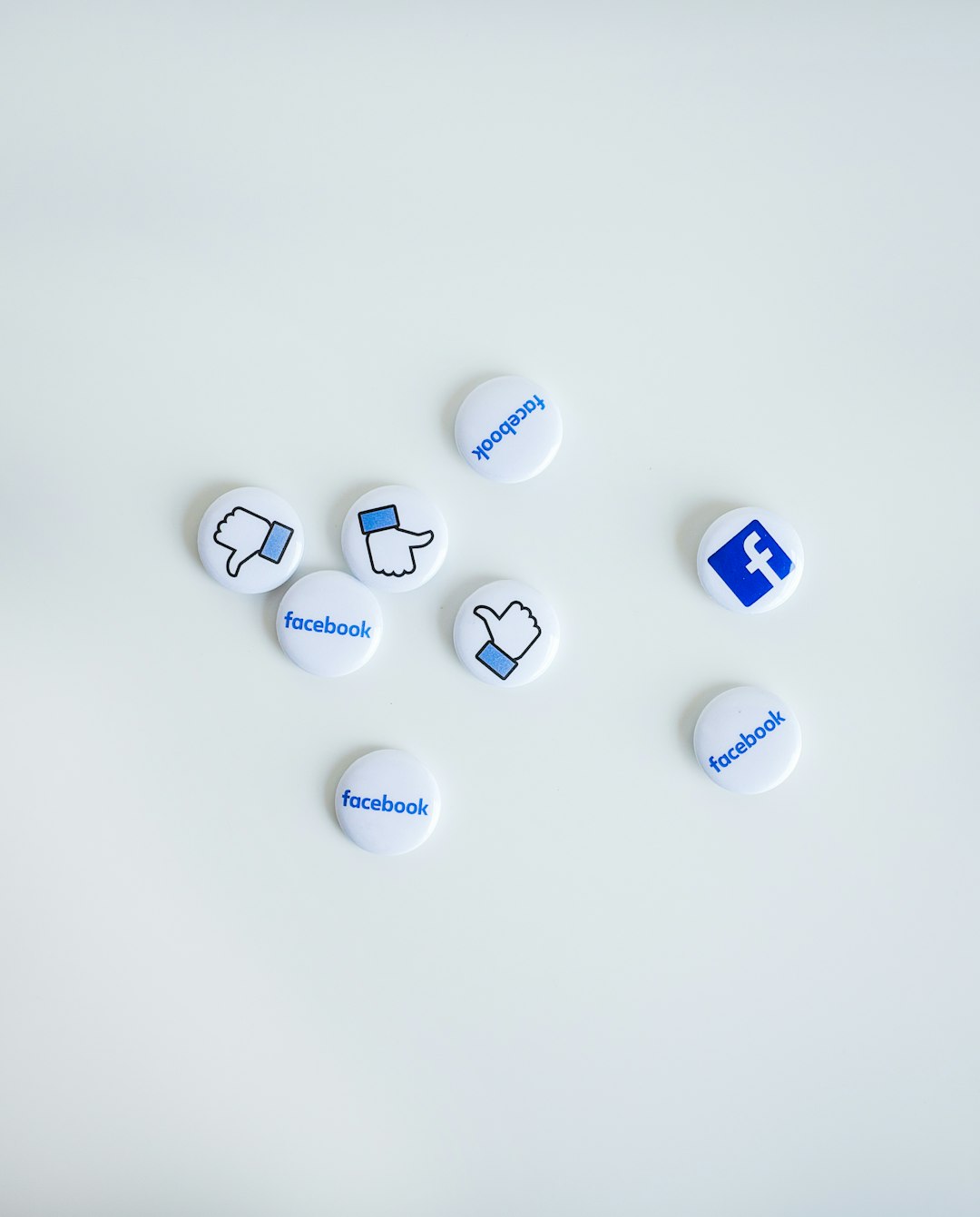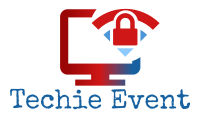In 2025, brands are increasingly seeking innovative ways to capture and maintain consumer interest in an ever-evolving digital landscape. One such powerful tactic is gamification—the integration of game-like elements into non-game environments such as marketing campaigns. Gamification has proven effective at enhancing user engagement, motivating behavior, and ultimately driving conversions. By turning user interactions into rewarding experiences, businesses can foster brand loyalty and inject energy into their marketing efforts.
What Is Gamification in Marketing?
Gamification involves applying elements such as points, badges, leaderboards, challenges, and rewards to engage audiences in a fun and interactive way. In a marketing context, this could mean using activities such as quizzes, spin-the-wheel promotions, or augmented reality treasure hunts to educate users, reward participation, and increase sales.
Why Gamification Matters in 2025
The consumer landscape in 2025 is more interactive and experience-driven than ever before. Shortened attention spans, digital fatigue, and high competition mean static content won’t suffice. Leveraging gamification helps marketers generate emotional connections and encourage deeper involvement from potential customers.
Advancements in technology, like 5G, AI, and AR, have made it easier to deliver gamified experiences directly into the hands of users. Brands that invest in gamification are not just following a trend—they are creating stickier ecosystems that customers enjoy returning to.

How to Use Gamification in Your Marketing Campaigns
Here are several ways to incorporate gamification effectively into your marketing strategy:
1. Create Interactive Quizzes
People love learning more about themselves. Use quizzes to offer personalized results that link to your products or services. For example, a skincare brand might use a quiz to recommend the perfect product bundle based on customer responses.
2. Implement a Points and Rewards System
Reward users for actions such as signing up, sharing content, or making purchases. Accumulated points can be traded for discounts or exclusive experiences, incentivizing engagement and loyalty.
3. Use Contests and Challenges
Invite your audience to participate in social media challenges or themed contests. Ensure winners receive tangible rewards, like gift cards or free products. This encourages social sharing and expands your brand’s reach through user-generated content.
4. Introduce Progress Bars and Unlockables
Gamified experiences thrive on progression. Introduce levels, achievements, or locked content that can be unlocked over time or through specific actions. This motivates repeat engagement and boosts time spent interacting with your brand.
5. Leverage Augmented Reality Experiences
Thanks to technological advancements, it’s easier than ever to create AR experiences. Imagine a scavenger hunt in a physical location where users scan QR codes and unlock virtual rewards. It adds an exciting, immersive layer to your campaigns.

Tools and Platforms to Get Started
- Kahoot! and Typeform: Excellent for creating engaging quizzes.
- Wheel of Popups: A simple tool for offering spin-to-win promotions on your website.
- LoyaltyLion and Smile.io: Robust loyalty program providers that integrate gamification.
- Zappar and Blippar: Platforms for building AR experiences with creative gamified features.
Best Practices for Gamifying Marketing Campaigns
- Know Your Audience: Customize experiences that resonate with specific customer segments.
- Provide Real Value: Make sure rewards are attractive and achievable.
- Keep It Simple: Overly complex mechanics can drive users away rather than pull them in.
- Measure and Optimize: Track performance metrics such as user engagement, time on site, and conversion rates.
Conclusion
Gamification isn’t just a buzzword—it’s a powerful technique to build deeper relationships, boost engagement, and drive conversions in 2025. From simple quizzes to immersive AR games, the possibilities are vast and adaptable to any brand or budget. By strategically incorporating gamified elements into a marketing campaign, businesses stand to benefit from increased consumer interaction, loyalty, and brand visibility.
FAQs
- Q: What types of businesses can benefit from gamification?
- A: Almost any business—from e-commerce to education—can leverage gamification. The key is to align the game mechanics with customer interests and business goals.
- Q: Is gamification expensive to implement?
- A: Not necessarily. While some campaigns can be high-tech, many effective gamification strategies can be done using low-cost tools and software platforms.
- Q: How can I measure the success of a gamified campaign?
- A: Important metrics include engagement rate, completion rate for tasks or games, customer retention, and conversion rates. Use A/B testing to make continual improvements.
- Q: Are there risks to using gamification?
- A: If not executed properly, gamification can feel gimmicky or frustrating to users. It’s essential to design systems that are enjoyable, fair, and aligned with the brand’s tone and message.
